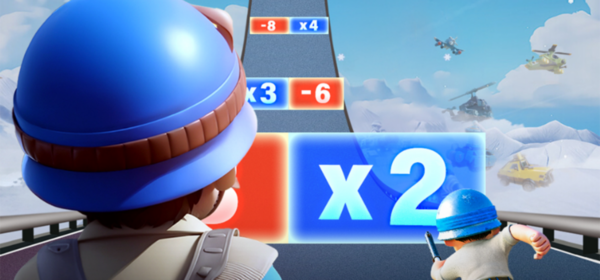Rockstar on creating remasters of classic GTA: "We wanted to extend the life of these games for another 10-15 years"
On the occasion of the release of Grand Theft Auto: The Trilogy — The Definitive Edition producer Rockstar spoke about the creation of remasters and the difficulties encountered in the process. The team wanted to preserve the spirit of classic titles. However, it lost part of the source code, as a result of which the developers had to make a number of compromises and tricks.
An interview with Rockstar producer Rich Rosado was published today on The Gamer portal. We present the key points of the conversation.
- According to Rosado, Rockstar had two ways — to completely remake the old games, improve them and add new physics, or to recognize the independence of these three titles.
- “These games had their own secret sauce that people loved so much, and it would be stupid to try to replace all the elements individually — including the frankly disappointing ones. Therefore, we decided from the very beginning that we would leave them untouched,” Rosado said.
- The main problem was working with the old code, which needed to be “made friends” with new technologies. However, this allowed not only to add new lighting to the games, but also to completely update the rendering system.
- One of the key limitations of the old GTA was the drawing range. “We could render three-dimensional large-scale worlds that could not be created on the Dreamcast or the first PlayStation, but we had to pay for it. We could only show a limited number of details and geometries on the screen,” Rosado recalls.
- The remasters finally got rid of this problem. According to the producer, the opportunity to see landscapes on the horizon or passers-by walking in the distance added a sense of real scale to the projects.
- The headache for the team was the lack of some sources. In the late 90s and early 00s, Rockstar did not think that she would ever have to return to these games again.
- “If we needed any sounds, they were compressed, as they should be. But we often couldn’t find the source files. The same goes for the source textures and references that we used to create character models,” explains Rosado.
- Initially, Rockstar just wanted to improve key buildings: CJ’s house, Tony’s hideout, Rosenberg’s office, etc. However, in this case, the players would have a dissonance — some objects would look beautiful, and the rest would simply not fit into the updated environment.
- As a result, developers have created a number of new assets using machine learning. Others had to be worked on manually, and some, like the neon signs of the casino, were completely made from scratch.
- Things were even more complicated with the character models. For a car, for example, you can simply update the textures, add more details and make it clearer. But when working with the heroes, I had to make many versions and consult with Rockstar North and the artists of the original games.
- As Rosado noted, it was not easy to recreate three titles at once. Take the same San Andreas — it’s still a game for 100 hours, regardless of the generation of consoles on which it comes out.
- Rockstar needed not only to redo assets and update the rendering system, but also to think about optimization. The team had to make the remaster trilogy look great on PlayStation 5, but at the same time it worked well on weak PCs and Nintendo Switch.
- Rosado compares the process of creating remasters of three games at once with a giant puzzle, all the elements of which were scattered on the floor.
- The hardest thing to assemble into a single puzzle was GTA III. If during the development of San Andreas, Rockstar already understood the hardware of old consoles well and honed the necessary processes, then when creating the third part, it was only taking the first steps. For example, passers—by in GTA III were like “Mr. Michelin” – their bodies were divided into separate pieces, which had to be completely repainted and adjusted anew.
Rosado also stressed that the remaster trilogy was created in order to preserve classic projects and interest a new generation of players in them: “People still love these old games. Therefore, we wanted to extend their life by another 10-15 years and make them work well on modern displays with 1080p, 4K and higher resolutions.”

